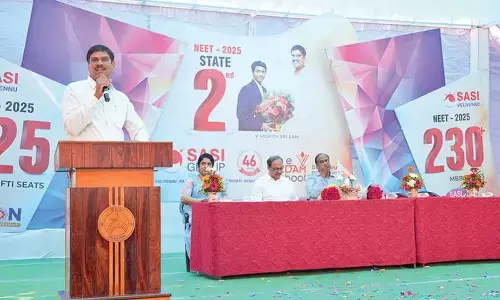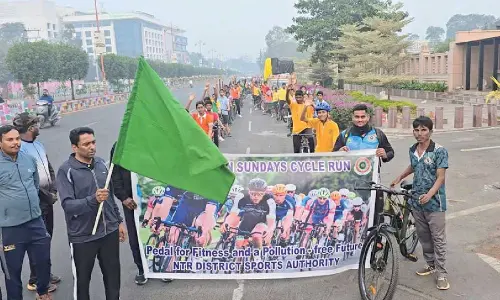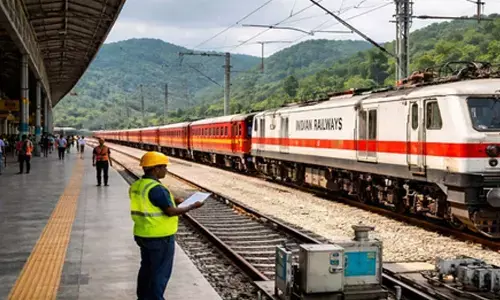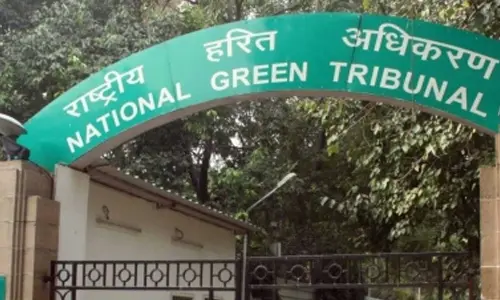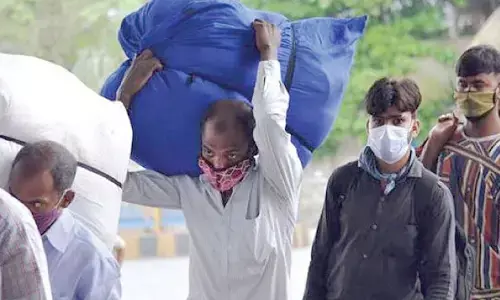Konaseema coconut losing its sheen

Konaseema Coconut Losing its Sheen, Coconut Growers, C0oconut Crop. Coconut growers, who have reaped a fortune in the past owing to their famous produce, are now crest-fallen, what with their incomes steadily declining over the years
• Farmers downcast over steep decline in demand
• Fall in size, quality and yield push growers into crisis
• Growers increasingly taking recourse to intercrops
• Scientists say better hybrid seedlings being distributed
Rajahmundry: Coconut growers, who have reaped a fortune in the past owing to their famous produce, are now crest-fallen, what with their incomes steadily declining over the years. They are now forced to supplement their incomes by going in for intercrops to tide over their financial crunch.
Konaseema has for long been very famous for abundant coconut crop. Since the hurricane of 1996, which devastated the plantations, they have been encountering nature’s fury once in a couple of years.
Even the pest problem and climate change have begun to wreak havoc; the nuts are now coming out in smaller size than those in Kerala and Odisha. Even the number of harvests which used to be nine times a year has come down to six.
Coconut is cultivated in 1.14 lakh acres in Konaseema and the average yield is seven crore coconuts and one crore bondams (green coconuts) a year. Normally, a farmer gets an income of up to Rs 6,000-7,000 per acre a year.
Intercrop system has come to farmers’ aid. Out of total coconut crop area of 1.14 lakh acres in Konaseema, coco is being cultivated as an intercrop in about 12% of the area. Another four per cent area is being used for vegetables, turmeric, pineapple, Kanda (yam) and chama (Colocasia in English). Farmers say they are getting an additional income of Rs 10,000 to Rs 15,000 per acre every year by cultivating intercrops. If they are going for coco, they are getting up to Rs 20,000 an acre.
A spokesperson of Konaseema Rythu Parirakshna Samithi, Matta Mahalakshmi Prabhakar Rao, says, “Our coconuts are not matching those from Kerala and Odisha in size, quality and yield due to Eriophyid mite which emerged after 1996 hurricane and the Coconut Board is doing nothing,” he rued. He mentioned that the yield of dry coconut has come down to 90 kg per 1,000 coconuts from 135 kg earlier. Another major problem the farmers face is shortage of adequate labourers i.e., climbers.
Labourers are getting weaned away by small-scale industries mushrooming around Amabaji Peta, the largest coconut market in the country.
However, scientists at the Horticulture research station at Ambaji Peta are making efforts to enhance the quality and yield of coconuts. N B V Chalapathi Rao, senior scientist, says: “We are producing hybrid seeds like Gouthami Ganga and Godavari Ganga which starts giving yield four years after sowing as compared to eight years for normal seedlings. We have taken up distribution of around 40,000 hybrid seedlings to farmers.”









